Constructing Algorithms: Toyo Ito's 2002 Serpentine Pavilion
by Victoria Shingleton
Our first studio project sophomore year involved creating an algorithm and following it throughout the two dimensional and three dimensional construction of our project. While at first, wrapping my head around the concept of an algorithm was difficult, once I understood that it was just the process of following rules, I realized that was one of the simplest yet easiest ways to design - follow an algorithm. An algorithm tells you what to do - it creates your design, and you just continue to let it lead you throughout the design process. So when I learned that Toyo Ito's 2002 Serpentine Pavilion was created using an algorithm, I knew I wanted to further explore the process.
The algorithm is created by starting with a square. The next square is slightly smaller and rotated clockwise, and the pattern continues with smaller squares.
Then comes the solid and void algorithm. Ironically, it's a method that I used to use when creating drawings on Paint as a small child - only the corners can touch, and everything else is "painted" void. The void begins with the square in the middle, and the edges void outwards.
Unfortunately, my model illustrating the algorithm was not quite so successful. I blame this on cutter troubles and my miniature scale. However, you can still begin to see how solid and void begin to create a three dimensional space.
How did Toyo Ito get this to stand? I was determined to find out. I went back to the drawing board and realized that in order to create one piece, instead of a bunch of different pieces that came apart, I would need to offset the lines.
I then had one solid piece that still had the solid and void relationship created by the algorithm.
I folded down the sides to create a three-dimensional structure, similar to Toyo Ito's 2002 Serpentine Pavilion.
I loved how such a beautiful, complex-looking structure could be created from a simple algorithm. This algorithm produced not only solid/void relationships, but also created an entirely new formula for light and shadow.
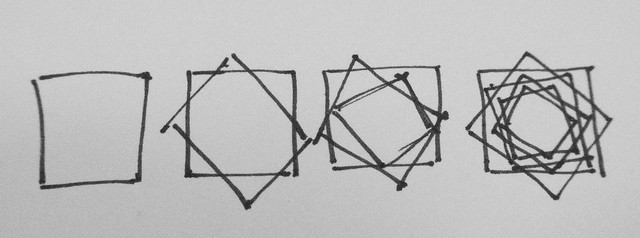
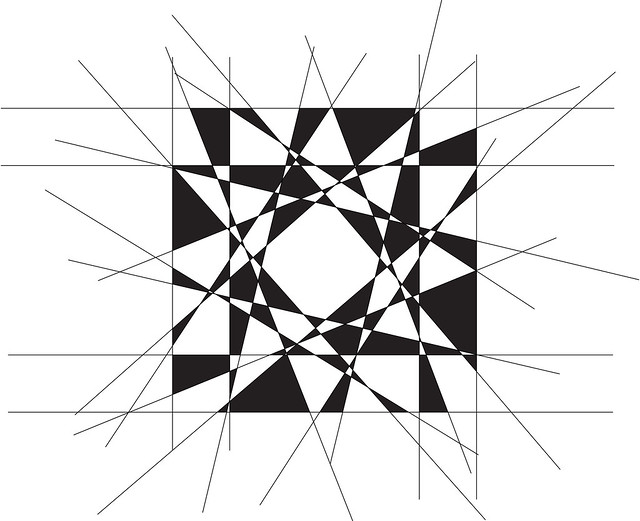
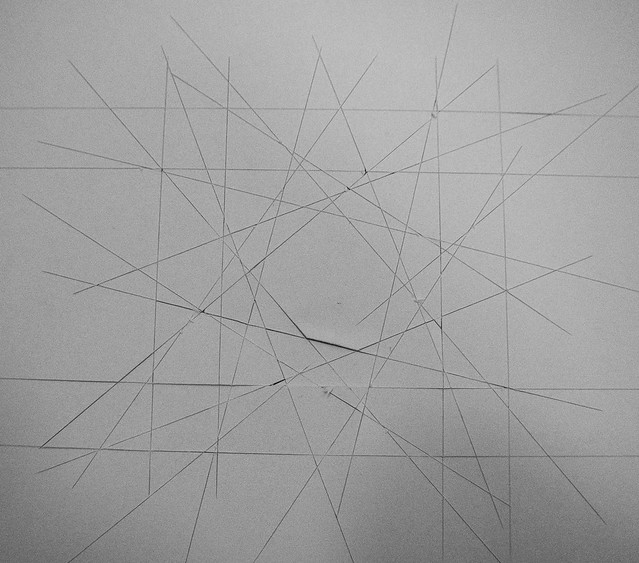
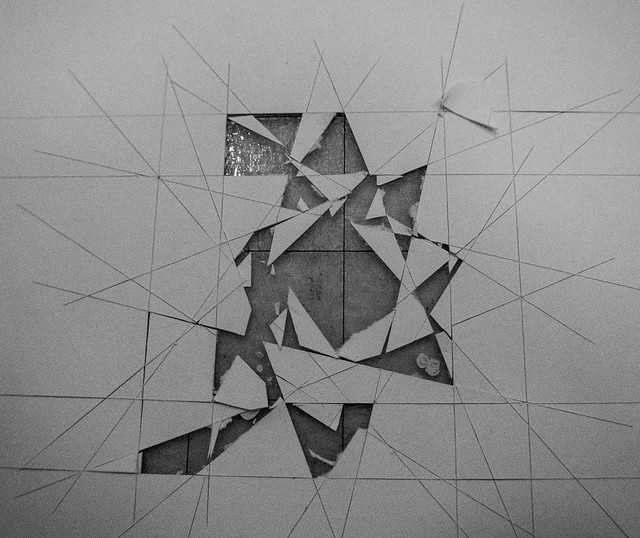
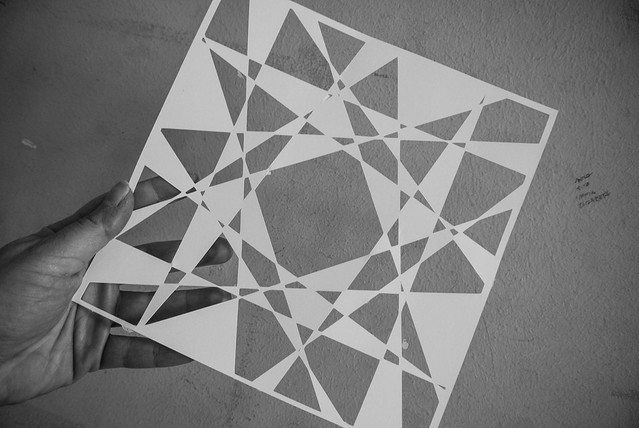
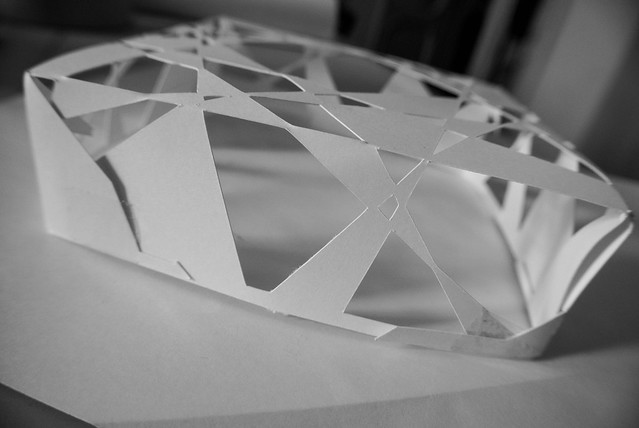
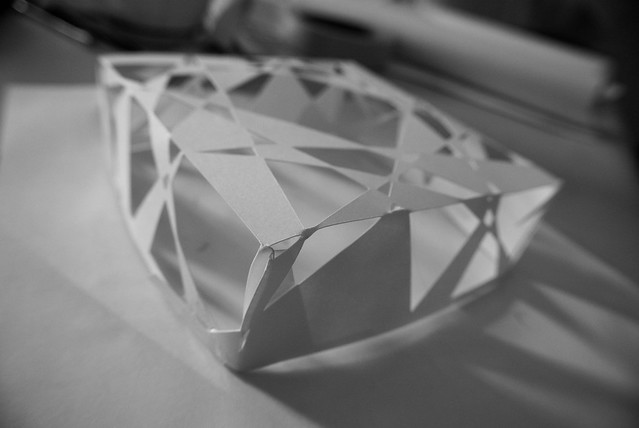
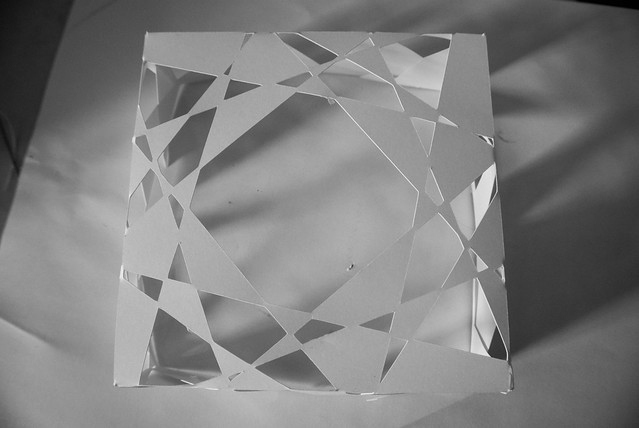
No comments:
Post a Comment